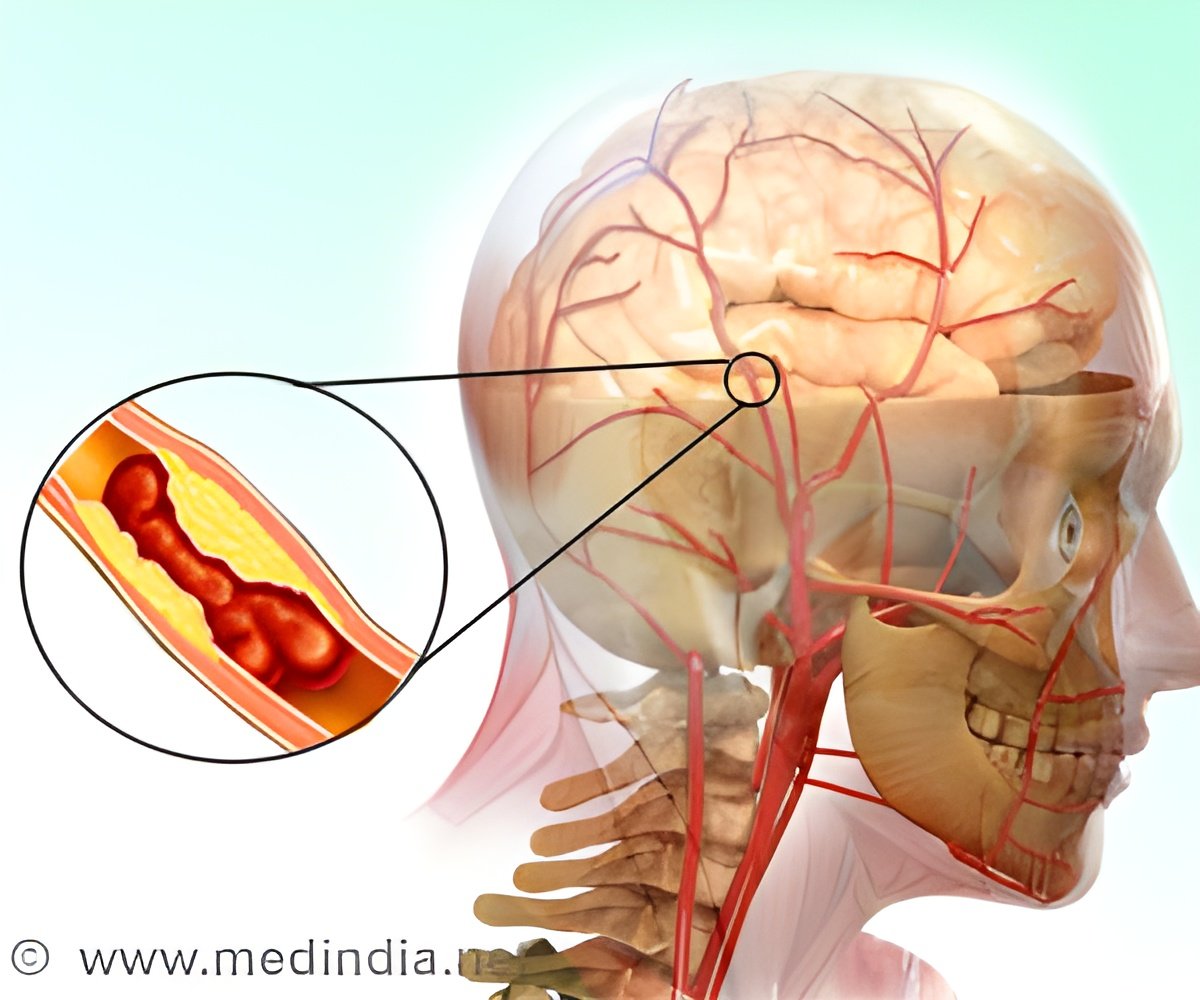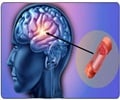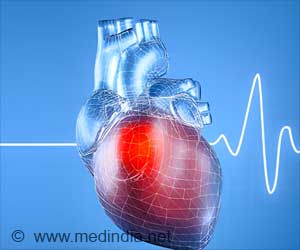Women who smoke more than a pack for a day is eight times riskier compared to the three times risk in men.

‘Those who quit smoking significantly reduced their odds of having a subarachnoid hemorrhage and after six months without smoking, their risk fell to the level of nonsmokers.’





Subarachnoid hemorrhages account for about 3 percent of all strokes and usually results from a bleeding aneurysm in the brain. An aneurysm is a small weak spot in a blood vessel that can burst at any time, said Dr. Ralph Sacco, chairman of neurology at the University of Miami Miller School of Medicine.
These strokes often affect younger people and "can be quite devastating in terms of disability and death, with fatality rates around one in five," said Sacco. Even light smoking triples a woman's risk for this type of stroke, the study found. "There is no safe level of smoking, and naturally, the best option is never to start," said lead researcher Dr. Joni Lindbohm of the University of Helsinki.
Lindbohm and colleagues collected data on nearly 66,000 adults listed in Finnish national surveys since 1972. Participants were followed for an average of 21 years, until they had a first stroke, died, or until the end of 2011. The researchers found that among light smokers -- one to 10 cigarettes a day -- women were three times more likely to have subarachnoid hemorrhage, and men were twice as likely to have one compared to nonsmokers.
Among those who smoked 11 to 20 cigarettes a day, women were four times more likely and men two times more likely to suffer this type of stroke, the investigators found.
But those who quit smoking significantly reduced their odds of having a subarachnoid hemorrhage. After six months without smoking, their risk fell to the level of nonsmokers, the researchers reported.
Advertisement
Source-Medindia















